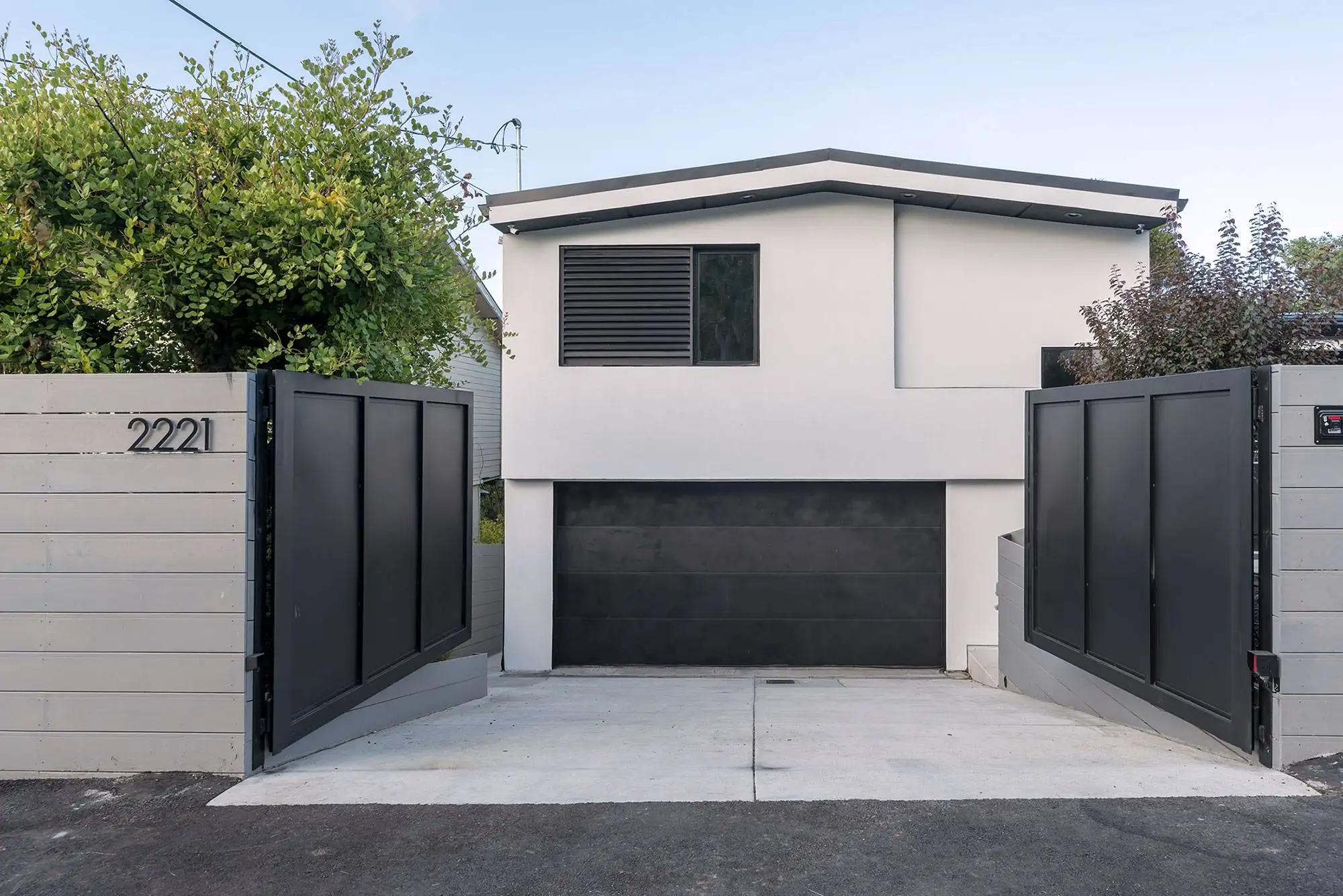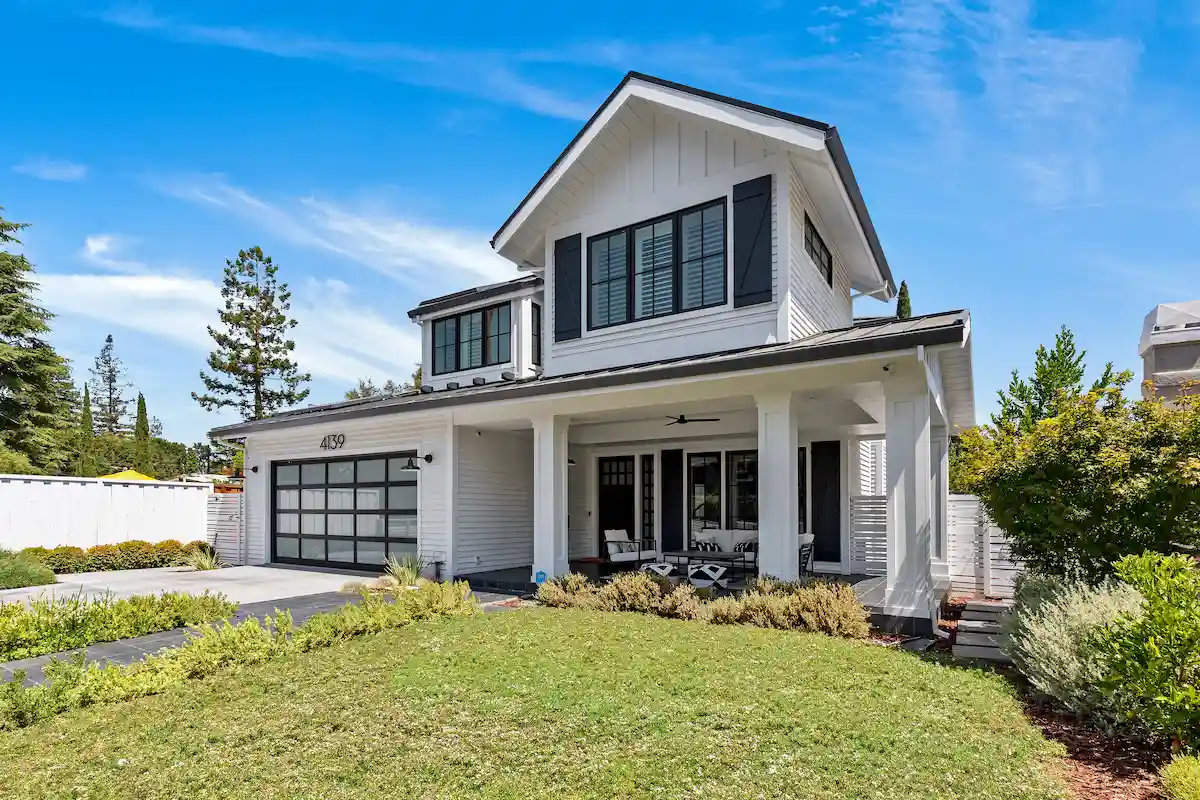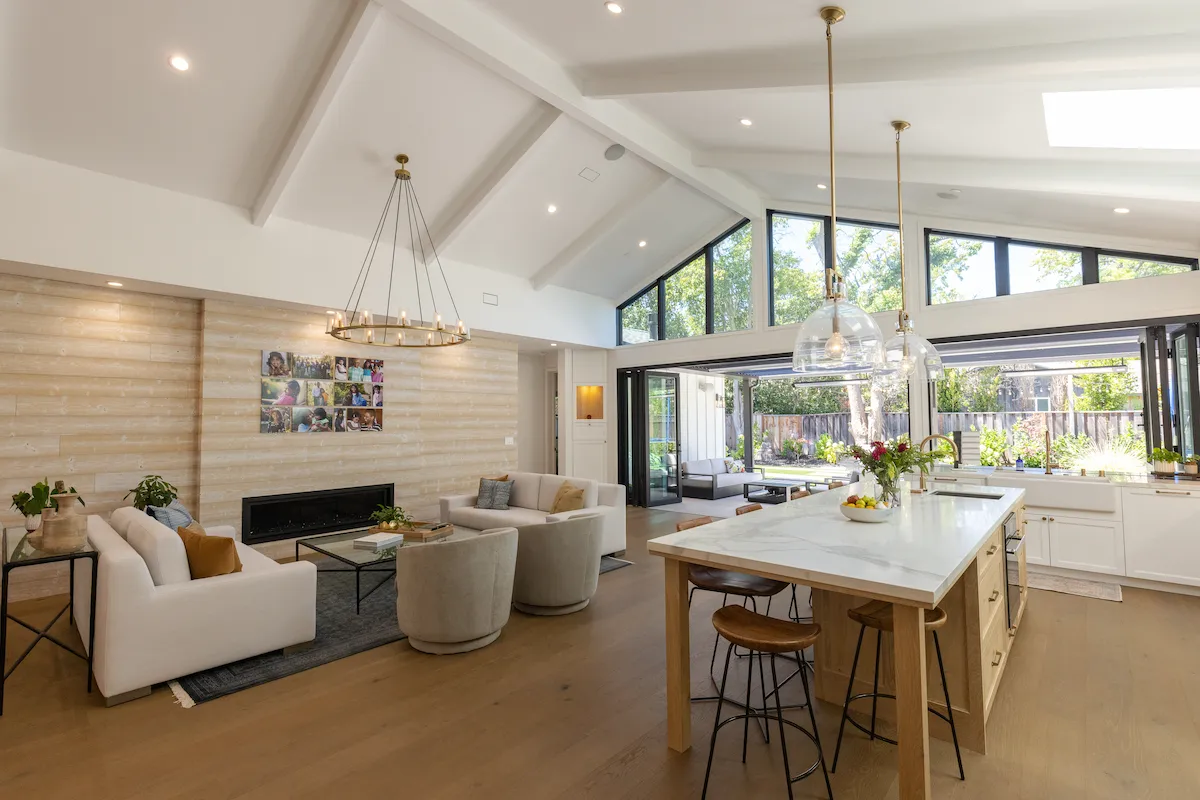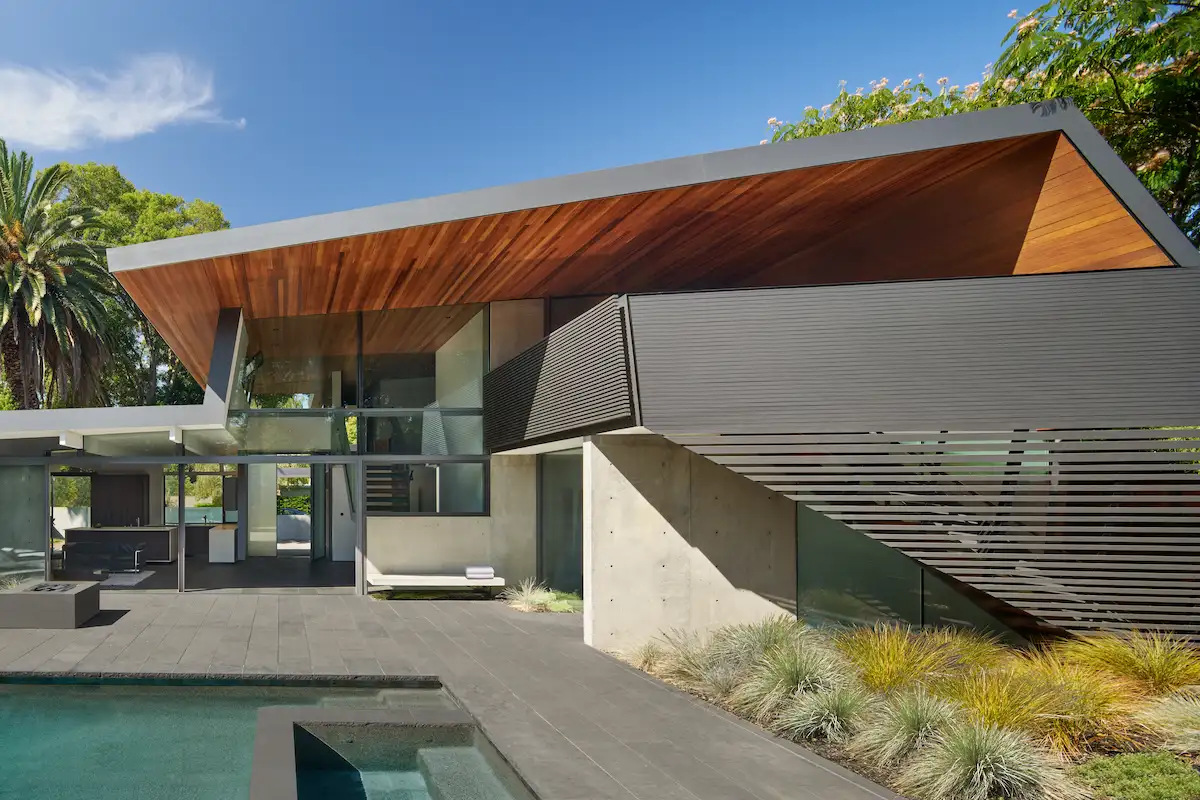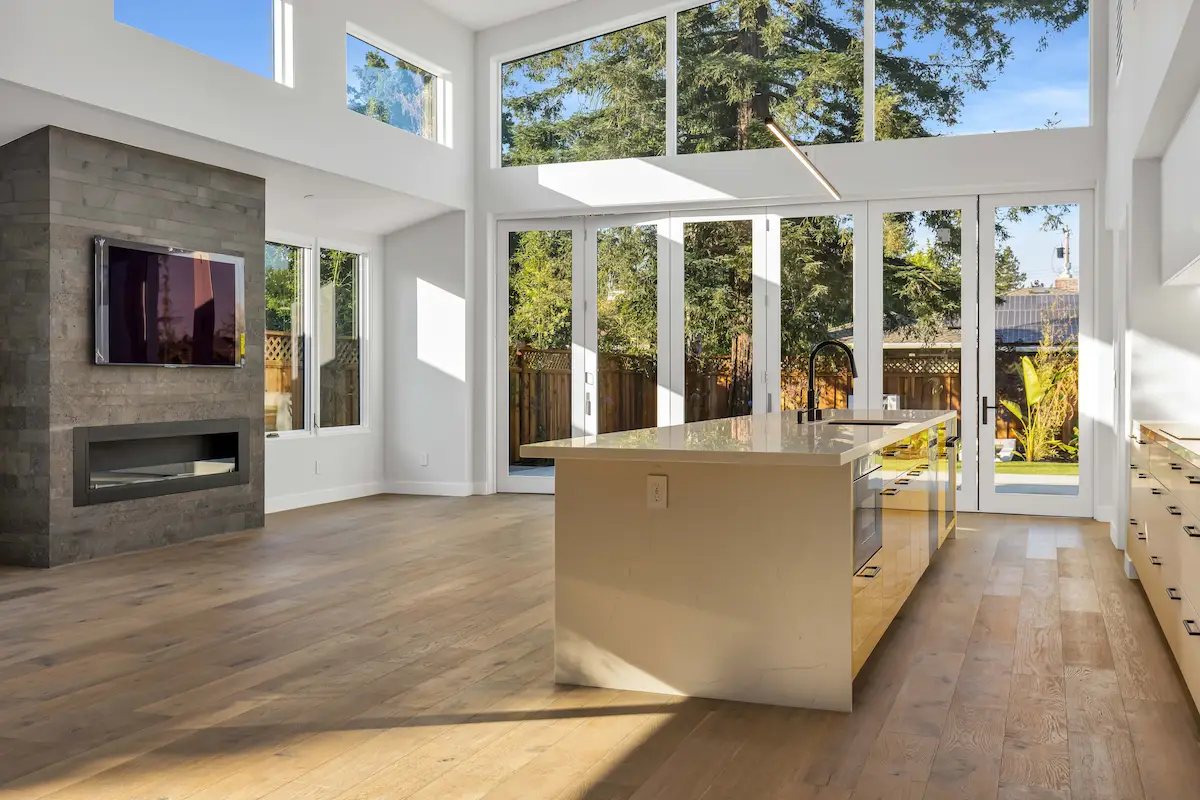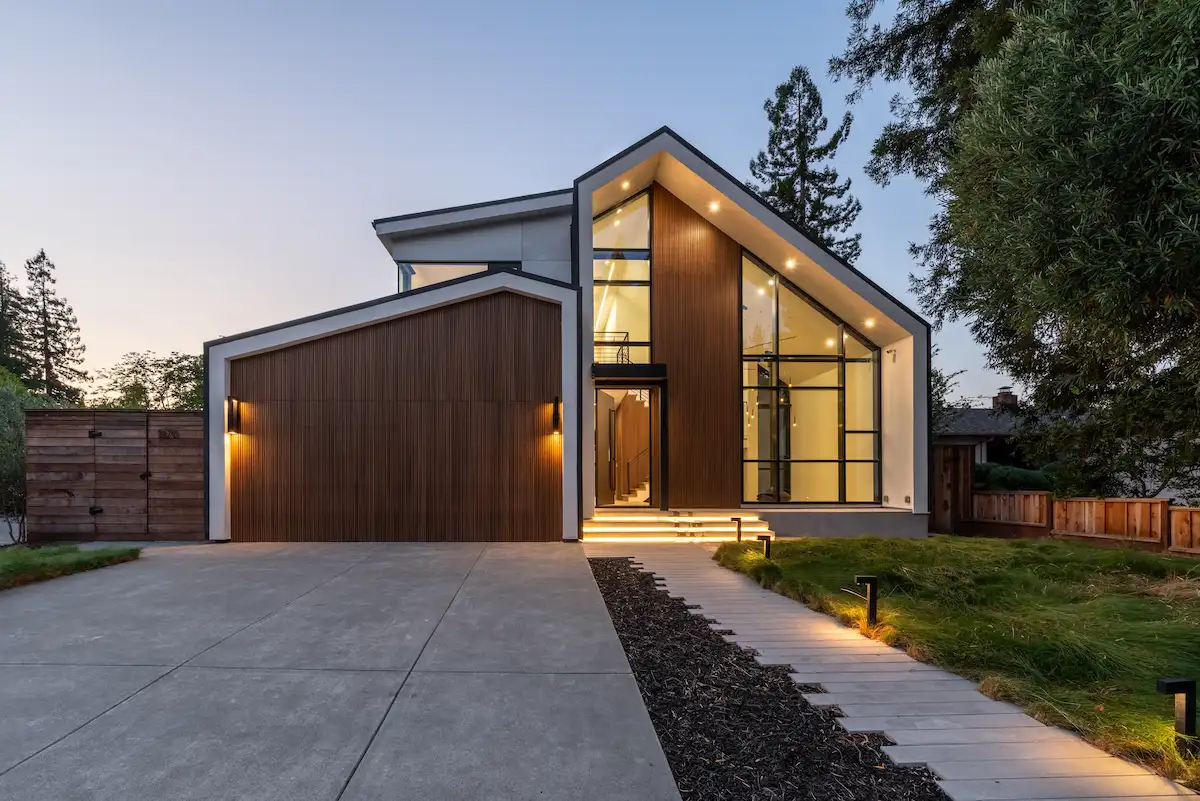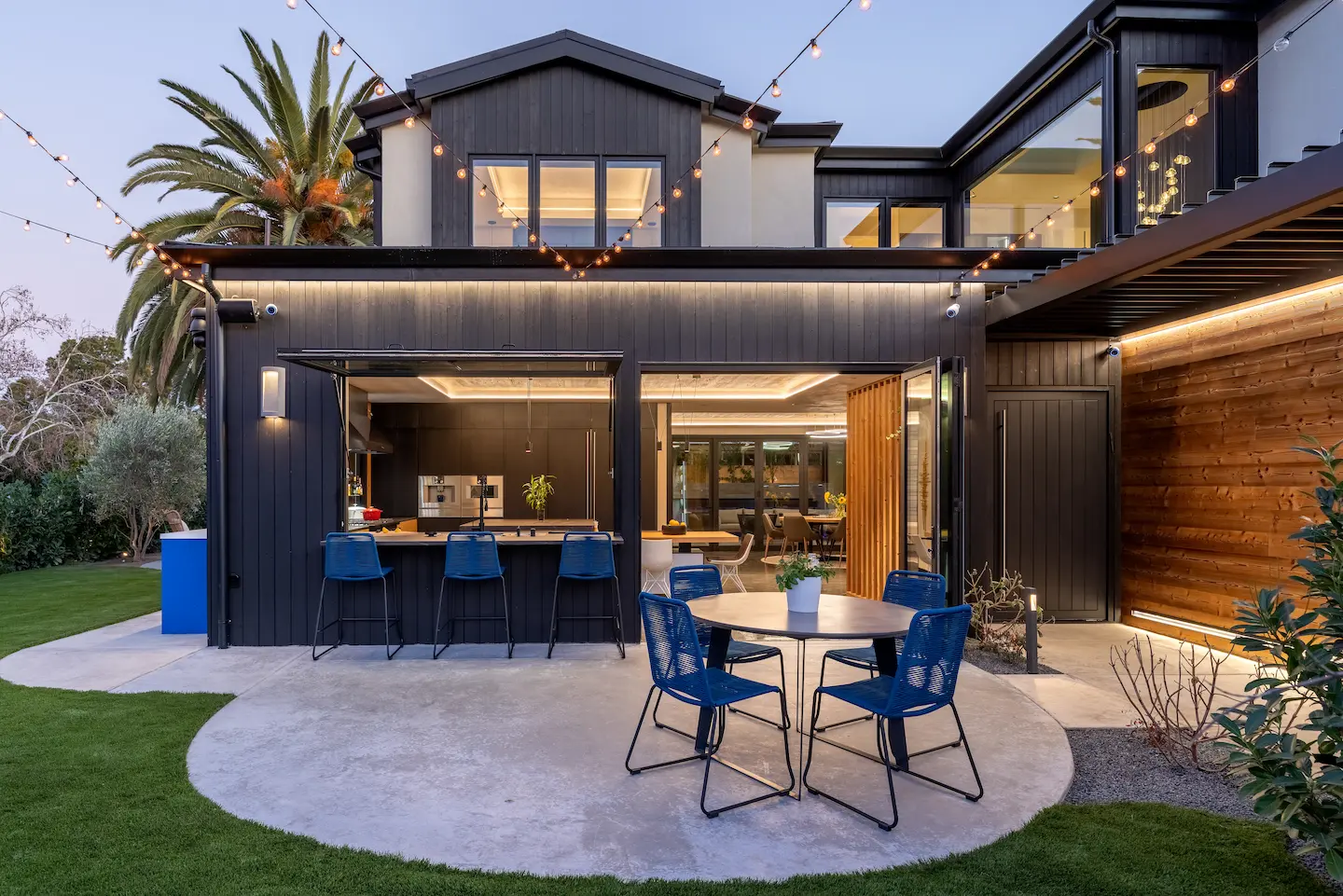Modular Construction vs. Traditional Construction: Which One’s Right for the Bay Area?
Posted
August 20, 2025
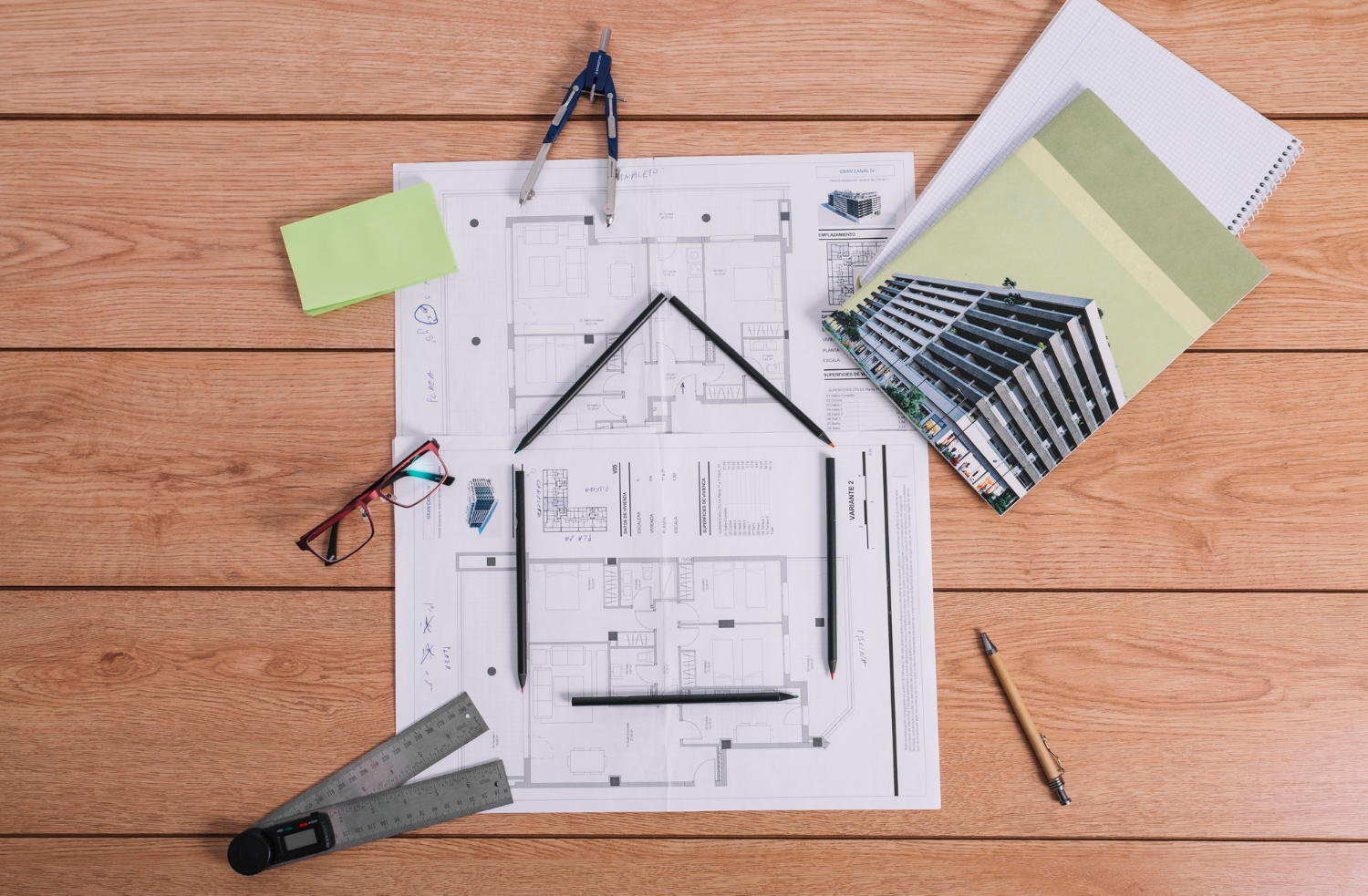
The Bay Area’s Construction Dilemma
In the heart of innovation, Bay Area homeowners face a critical choice: go modular or stick with traditional construction. With rising construction costs, skilled labor shortages, and increasing interest in sustainable, fast-paced building solutions, this decision is more important than ever.
Both methods have their place but which one suits your goals, your timeline, and your property?
Let’s break it down.
What Is Modular Construction?
Modular construction involves building sections (or modules) of a home off-site in a factory setting. These modules are then transported and assembled on the property like LEGO blocks.
It’s not the same as mobile or manufactured homes. Modular homes are permanent structures built to the same codes as traditional homes.
Traditional Construction: The Familiar Route
Traditional or stick-built construction is the conventional method where the home is built entirely on-site, from the foundation up. This approach allows for full customization and hands-on changes throughout the project.
But it also exposes the project to weather delays, supply chain disruptions, and more.
Pros of Modular Construction
1. Faster Build Time
Since the modules are constructed in a factory while site work happens simultaneously, modular projects can be completed in 30–50% less time than traditional builds.
In the Bay Area — where permit wait times and rainy winters can delay projects — this time savings is a big win.
2. Cost Control
Factory conditions mean better cost predictability. With fewer surprises and delays, modular builds are often 15–20% more affordable.
3. Sustainability
Modular construction generates up to 90% less waste. Off-site builds reduce site disruption, helping keep your neighborhood cleaner and quieter.
4. Weatherproof Schedule
You won’t lose weeks due to a rainy season. Modules are built indoors, ensuring consistency and avoiding water damage during construction.
Cons of Modular Construction
1. Design Flexibility
While modular companies offer customizable plans, making mid-project design changes is more challenging once factory production begins.
2. Delivery Logistics
Transporting large modules through Bay Area traffic and narrow streets can be complex, especially in dense urban neighborhoods or hilly terrain.
3. Permitting Delays Still Apply
Even though the build is fast, you’re still subject to local zoning and permit timelines — which can vary dramatically from city to city.
Pros of Traditional Construction
1. Customization at Every Stage
You can tweak and tailor as you go. Want to change your kitchen layout last-minute? It’s doable — even if costly.
2. Easier With Complex Lots
For oddly shaped or sloped lots (which are common in parts of the Bay Area), traditional methods may offer more adaptability.
3. Local Familiarity
Many architects and builders in the Bay Area are more experienced with stick-built homes. This can streamline communication and design.
Cons of Traditional Construction
1. Longer Timelines
Weather, subcontractor delays, material shortages — all of these add up. A traditional home build can take 12–24 months, depending on complexity.
2. Higher Risk of Cost Overruns
With so many variables, it’s easy to go over budget. Design changes, delays, and inspection issues can pile on unexpected costs.
3. Environmental Impact
Stick-built construction generates more waste and pollution. Not ideal for homeowners focused on sustainability.
Modular vs. Traditional: Bay Area Case Study
Let’s say you’re building a 1,000 sq ft ADU in Palo Alto:
Modular
- Build Time: 4–5 months
- Total Cost: $250K–$300K
- Customization: Moderate
- Inspection Delays: Fewer
- Waste & Noise: Low
Traditional
- Build Time: 8–12 months
- Total Cost: $300K–$400K
- Customization: High
- Inspection Delays: More
- Waste & Noise: High
What About Hybrid Approaches?
Some Bay Area homeowners are exploring panelized or hybrid construction — a middle ground where certain components (like walls or roof trusses) are prefabricated but assembled traditionally on-site.
This approach balances speed with customization, though it requires experienced builders who understand both worlds.
So… Which One’s Right for You?
Ask yourself:
- Is speed your top priority?
- Do you have a standard lot and floorplan in mind?
- Are you comfortable finalizing designs early?
If yes, modular might be your solution.
But if:
- Your site has challenges
- You want a high degree of customization
- You’re building a multi-story home
…then traditional construction may still be the better fit.
Final Thoughts
The Bay Area’s construction landscape is evolving. With housing demand high and timelines tight, modular construction is gaining ground. But it’s not about choosing the “best” method — it’s about choosing what’s right for your goals, lot, and lifestyle.
At Greenberg Construction, we’ve worked on both modular and traditional projects. We can help you assess your property, design goals, and budget — and guide you toward the most efficient and rewarding building path.
Let’s build smarter – together.
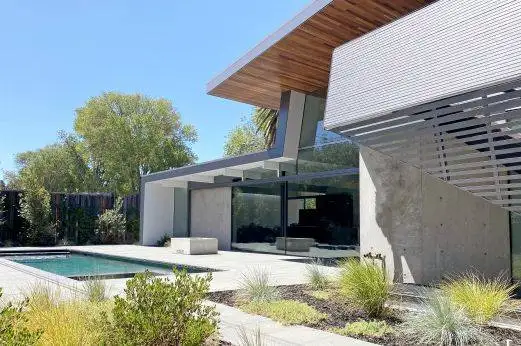
Greenberg Construction – Crafting Homes For Modern Lifestyle
Discover more insights for your dream home

